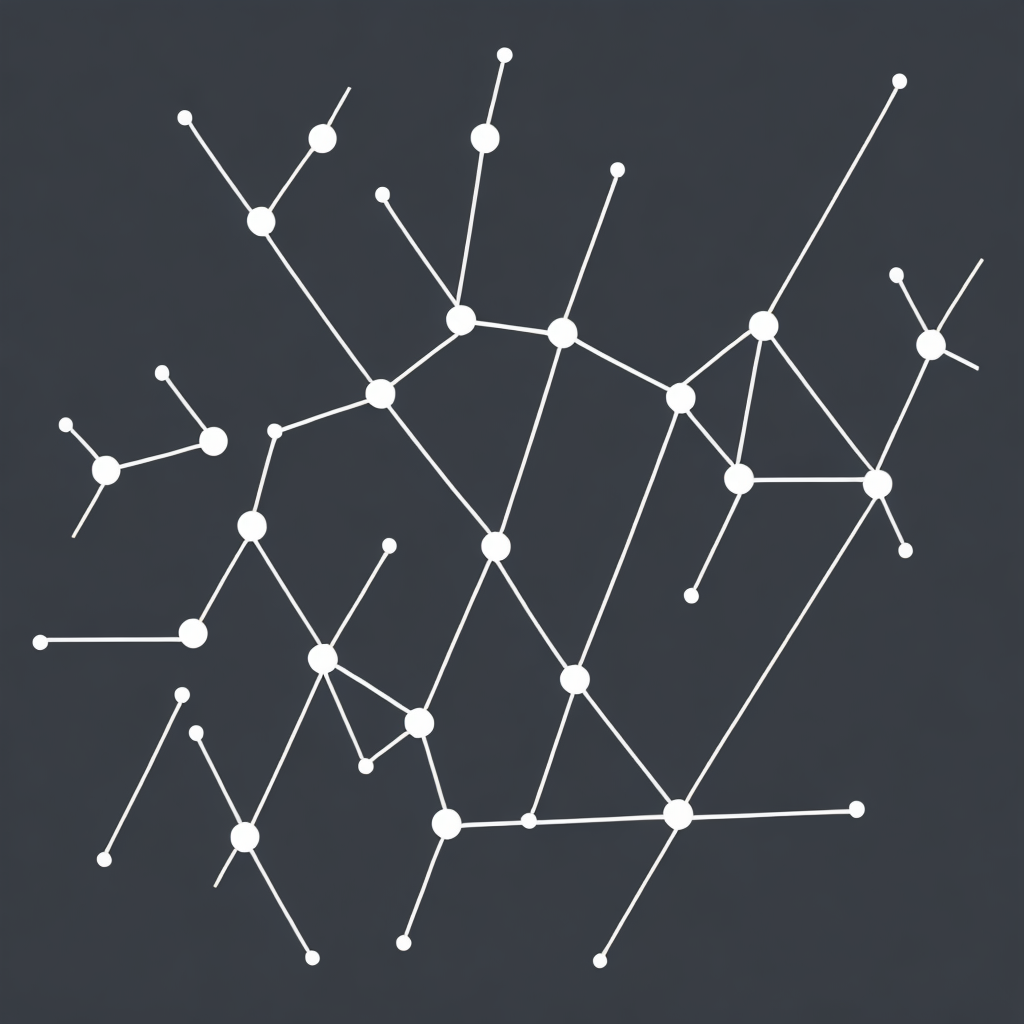Unlocking the Power of Knowledge Graphs: Enhancing Data Management and Insights through Semantic Relationships
Knowledge graphs, a burgeoning and transformative technology in the digital world, have become a valuable asset for unlocking the full potential of data. By providing a structured approach to representing complex information, they significantly enhance data management, analytics capabilities, and the overall user experience. This article delves into the concept of knowledge graphs, their components, the benefits they offer, and how they enhance both data management and insight generation through the exploitation of semantic relationships.
### What are Knowledge Graphs?
At their core, knowledge graphs are interconnected data models that incorporate semantic relationships between data points. They consist of entities, attributes, and relationships that are designed to provide rich, interconnected metadata, vastly improving the understanding of data. These graphs can extend from simple networks representing a few entities to complex structures with billions of connections.
### Structure and Components
Knowledge graphs are typically composed of entities (nodes) that represent concepts, objects, and things within a domain, such as people, places, or products. These entities are connected via edges (relationships) that link them based on their shared characteristics, interactions, or connections. Attributes then provide detailed information about these entities and relationships, making the graph more informative and context-rich.
### Enhancing Data Management
The management of vast, diverse, and complex data sets can be profoundly challenging without structured insights. Knowledge graphs provide a framework that helps in organizing data in a meaningful way, facilitating better search, retrieval, and integration of data. This leads to improvements in data management efficiency and effectiveness.
#### Improved Search Capabilities
Through semantic search, users can query data at a deeper level, incorporating complex concepts and relationships into their queries. This means a user can search for “all flights from Paris to New York with a stopover in London” directly, rather than navigating through various platforms or databases separately.
#### Data Integration
Knowledge graphs serve as a central hub for integrating data from various sources, reducing duplication and ensuring a more consistent view of information. This is especially valuable in sectors that deal with multiple, isolated data repositories, such as healthcare, financial services, and supply chain management.
#### Automatic Data Cleaning and Integration Processes
These systems can help identify inconsistencies, redundancies, and missing data, facilitating processes for data cleansing and integration. By doing so, they improve the data quality and reduce the burden on IT and analytics teams.
### Driving Insights through Semantic Relationships
Knowledge graphs unlock the power of insights by leveraging the semantic relationships inherent between data points. These relationships serve as the backbone for advanced analytics processes. Here’s how this data structure enhances analytical capabilities:
#### Knowledge-Driven Analytics
By understanding the context and relationships within the data, sophisticated analytics can be applied to derive deeper, more meaningful insights. This can uncover patterns, trends, and predictive insights that would be difficult to discern with traditional data analysis tools.
#### Enhanced Decision-Making
With enriched data connectivity and contextual understanding, decision-makers can make more informed choices. This is particularly crucial in highly data-driven industries like finance, healthcare, and retail.
#### Personalization and Recommendations
Knowledge graphs enable the creation of highly personalized experiences by understanding the relationships and patterns between individuals and their preferences. This leads to more accurate predictions and recommendations, enhancing customer engagement and satisfaction.
### Conclusion
In closing, knowledge graphs represent a transformative leap in the world of data management and analytics. By structuring data into a web of interconnected and contextualized information, they not only enhance organizational data management but also empower users with the capabilities to uncover previously hidden insights. As more companies adopt and refine their use of knowledge graphs, the potential for innovation and competitive advantage through data is becoming increasingly significant. With the potential to improve decision-making, personalization, and even the overall user experience, the future of knowledge graphs is indeed promising.
